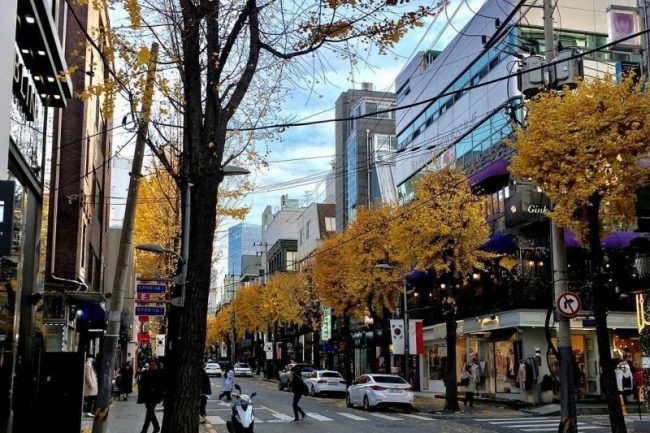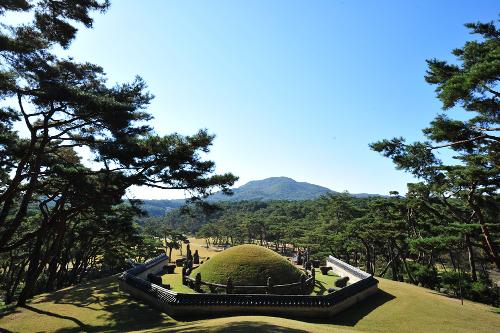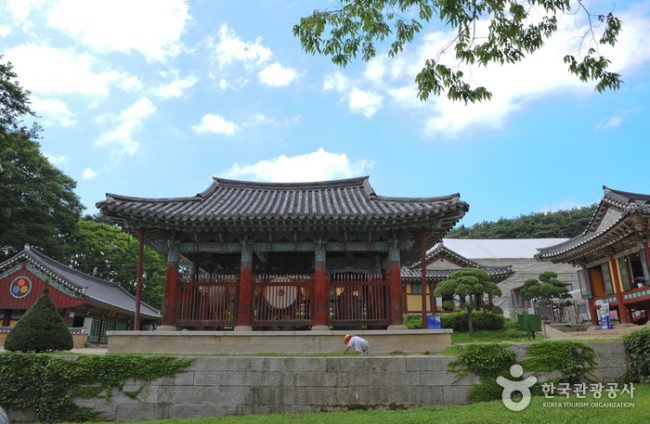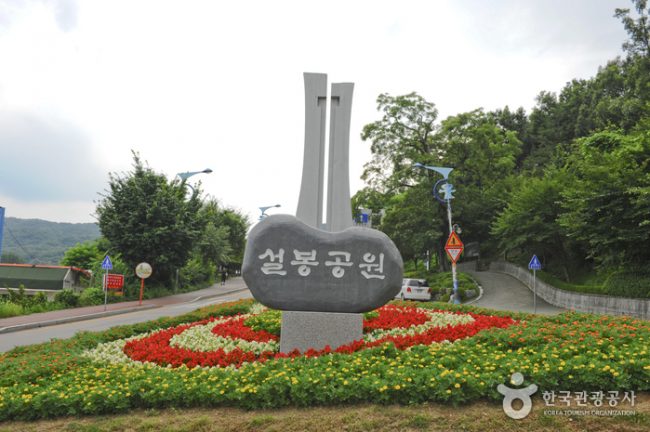Yeongneung is the joint tomb of the fourth ruler of the Joseon dynasty, King Sejong (1397-1450, reign 1418-1450) and his wife Queen Soheon (1395-1446). This was the first joint royal tomb of the Joseon dynasty. King Sejong was the third son of the third ruler, King Taejong, and his wife Queen Wongyeong. He came to the throne at the age of 22. During his 32-year reign, he was very influential in the development of Korean culture. For example, King Sejong created the Korean alphabet, which he called Hunminjeongeum, and set up the Hall of Worthies (Jiphyeonjeon), an association of the kingdom’s brightest scholars. He also used Confucian principles to administer state affairs. Under the reign of King Sejong, therefore, many sectors including politics, economy, society and culture flourished. In fact, King Sejong the Great is regarded as making some of the most brilliant achievements in Korean history.




